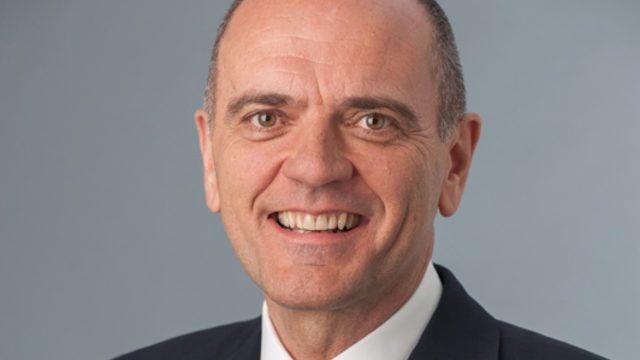Many an asset management CEO would die for leading a company with such a strong niche presence as Eastspring, which has the majority of its $170bn in assets invested in Asia-focused bond and equity strategies.
Add to that the fact that Eastspring’s biggest markets are all fast-growing Asian economies, and it’s obvious the company is in a sweet spot. But at the same time, Strapp is on a mission to grow the firm’s presence outside Asia.
Becoming international
“We are recognised as an Asia specialist, but we have no aspiration to be that niche Asia firm,” Strapp said in an interview with FSA‘s sister publication Expert Investor. Looking at it from a European perspective, this may sound surprising: being seen as an Asia specialist is a big part of Eastspring’s attraction to European fund buyers.
But for the bulk of Eastspring’s clients, who are Asian, Eastspring’s international credentials are an important asset.
“There’s no Asian asset management firm that’s as international as we are,” said Strapp. Compared to its main competitors from China, Korea and Japan, which lean strongly on their home markets, Eastspring actually is very international. The company’s client base is a lot more diversified geographically, with no single country dominating.
And it’s that position as Asia’s ‘international leader’ in asset management that Strapp cherishes, and wants to build on. Hence the company’s recent launch of a number of non-Asia strategies, notably a range of US bond funds and a suite of multi-asset funds as the company aims to strengthen its reputation as an ‘international’ asset manager among Asian investors.
At the same time as it has been internationalising its fund range, Eastspring has been broadening its client base, setting up an institutional business in the United States in 2012 and a Luxembourg-domiciled SICAV range in Europe in 2013.
One-fund show
While 90% of its client assets are still in Asia, the company has amassed some $2.5bn (€2.1bn) from European clients over the past few years.
Eastspring’s efforts to globalise notwithstanding, its European clients have been investing their money almost exclusively in the company’s Asian funds. And one has been especially popular.
That’s the Eastspring Japan Dynamic Fund, one of the most successful (and largest) Japanese equity funds over the past few years. The fund has been soft-closed since 2015 to protect the interests of investors. This has slowed inflows, but has far from stopped them: having seen net inflows of €1.6bn over the past two years according to Morningstar data, the fund accounts for the vast majority of Eastspring’s assets in Europe. The fund’s value-focused approach has delivered outperformance versus the Topix benchmark index over one-, three- and five-year periods.

Eastspring has recently also started to push its Japan Smaller Companies Fund, which has been registered for sale since 2008 is managed by the same team. This fund (see graph above) has also consistently outperformed its benchmark, and with assets of JPY3.4bn (€254m), it still has room to grow.
China in-roads
But Eastspring isn’t only finding new pastures outside Asia. It’s also eyeing expansion in Asia’s biggest market, where its presence has been limited so far.
“We intend to apply for a WFOE (wholly foreign-owned enterprise) licence in China that would allow us to have analysts on the ground,” said Strapp.
This would enable the firm to invest more in A-shares (it can currently only do so through QFII and RQFII quotas and the Shanghai/Shenzhen – Hong Kong Stock Connect programmes). It would also allow the firm to possibly launch a China A-shares fund later on.

















